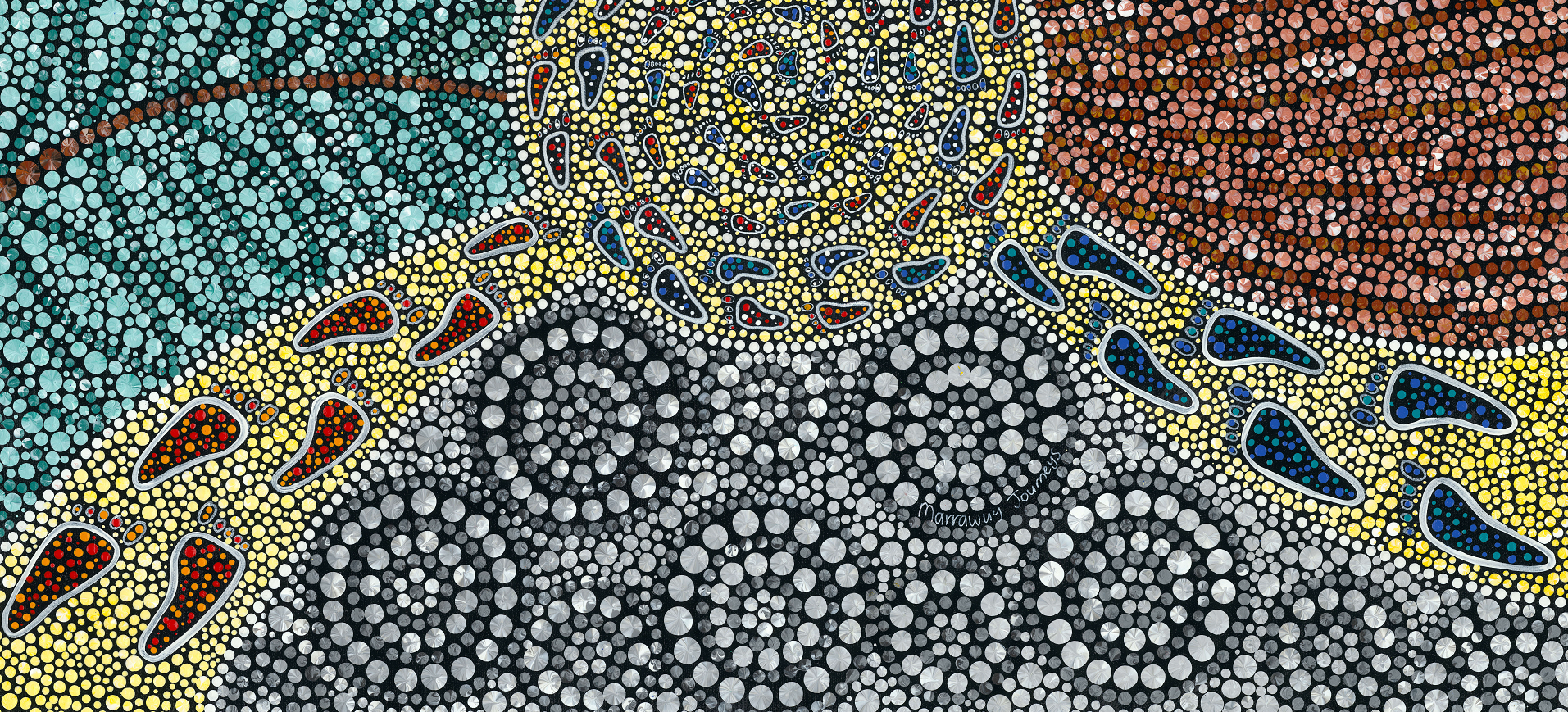AMC CEO response to Janet Albrechtsen’s opinion piece “Medically sanctioned ‘cultural safety’ pedestal elevates Indigenous activism above child safety”
Janet Albrechtsen’s opinion piece “Medically sanctioned ‘cultural safety’ pedestal elevates Indigenous activism above child safety”, which was published in The Australian on 26 April 2025, criticised the Australian Medical Council, amongst other organisations, for introducing mandatory cultural safety training and assessment for all doctors.
Janet Albrechtsen argues that “The word safety – especially in company with the word culture – has been appropriated and manipulated in ways that trivialise genuine safety.”
I disagree. Cultural safety is unequivocally about genuine safety. The data on health outcomes for Indigenous people compared with non-Indigenous people in Australia and Aotearoa New Zealand shows serious disparities and culturally safe medical practice helps improve outcomes for Indigenous people.
As Chief Executive Officer of the Australian Medical Council, I have helped lead the implementation of cultural safety as a core competency for doctors. This has been done in collaboration with medical and medical education bodies throughout Australia and Aotearoa New Zealand, and there is strong support for cultural safety as a competency for all doctors.
Janet Albrechtsen introduces us to James, a radiologist practicing in Queensland. She states, “James questions why respect for Indigenous people is being treated separately from professional obligations to every patient.”
This gets to the heart of why cultural safety is important.
Cultural safety is foremost about understanding one’s own cultural beliefs and how they may affect every patient. Quoting from part of Ahpra’s (the National health practitioner regulator) definition:
“Culturally safe practice is the ongoing critical reflection of health practitioner knowledge, skills, attitudes, practicing behaviours and power differentials in delivering safe, accessible and responsive healthcare free of racism.”
Respect for all patients, irrespective of their cultural backgrounds and beliefs, is a professional obligation. If a doctor does not recognise that patients with different cultural backgrounds, and different lived experiences, have different needs, the doctor is not meeting their professional obligations to every patient.
James needs to understand his own cultural beliefs, so that he can meet his professional obligations to every patient. James needs to understand that every patient brings their own cultural experiences to each appointment. Treating every person the same does not give respect to all patients.
There is a significant body of evidence, local and international, which shows that “doctors do not treat all their (clinically similar) patients the same”, so James’ claim is not evidence informed. The evidence shows that the health system and health care providers like doctors contribute to the poorer health outcomes of Aboriginal and Torres Strait Islander patients. It also shows that on average Indigenous patients are interviewed for a shorter time, are asked fewer questions, are prescribed less, are referred for fewer investigations and feel less satisfied by the quality of care they receive. The evidence also shows that doctors are less likely to follow best practice guidelines in managing their care.
Optimal care requires doctors to treat their patients according to their needs as individuals and as part of their community. Ensuring equitable outcomes is an important aim of cultural safety, which is best achieved by doctors having meaningful conversations with their patients upon which to base their quality of care.
Choosing a Radiologist as one of the examples in Janet Albrechtsen’s opinion piece was interesting. There have been historical perceptions that radiologists only sit in dark rooms reading images. That is incorrect. Radiologists regularly see patients, and indeed the professional peak body for radiology training, The Royal Australian and New Zealand College of Radiologists, supports cultural safety as a competency. I suggest James reviews the college’s website.
The last point to make is that Australian Governments amended the Health Practitioner Regulation National Law in 2022 to insert a guiding principle regarding development of culturally safe workforce that is responsive to Aboriginal and Torres Strait Islander people. This amendment was a direct recognition by all Australian Governments that this is necessary to address health inequities, eliminate racism, and provide appropriate and safe care to Indigenous people.
The Australian Medical Council will continue to set Standards for medical training that require cultural safety, including understanding one’s own cultural beliefs, so that we help address the disparities in health outcomes between Aboriginal and Torres Strait Islander people and other Australians.
Philip Pigou
Chief Executive Officer
23 May 2025
